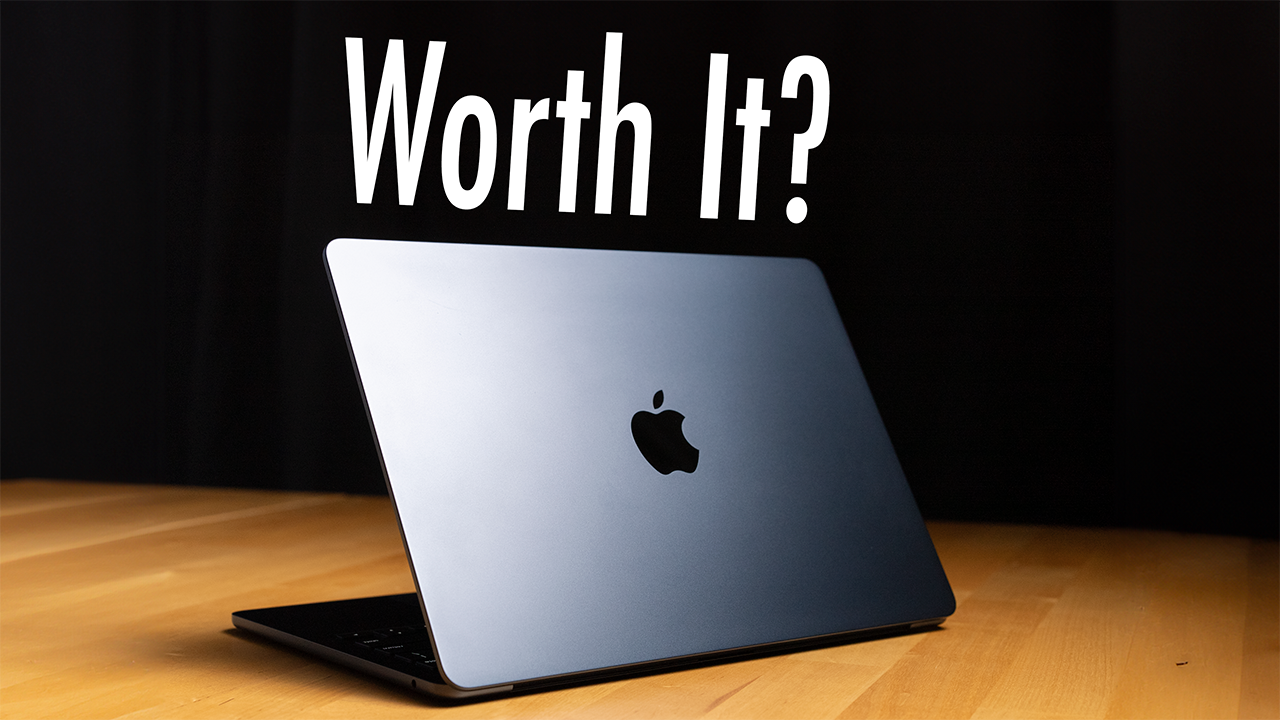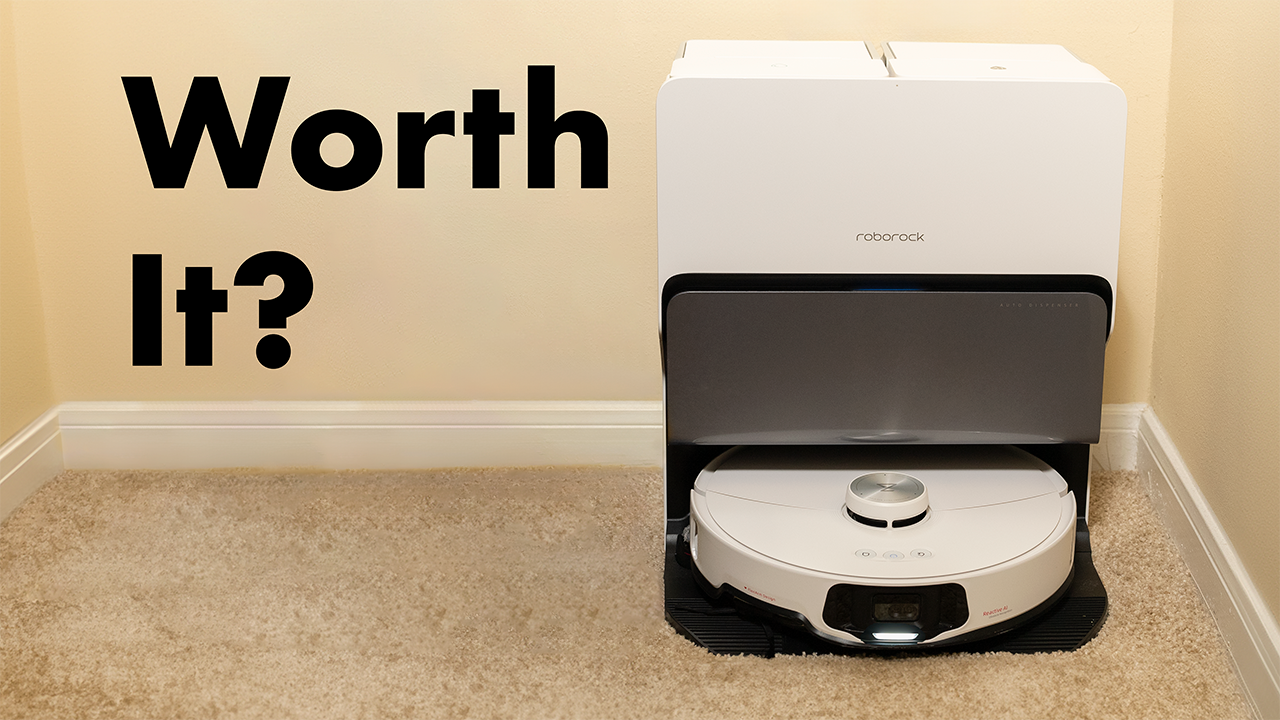Product Links:
Sony WF1000XM5 (Affiliate Link)
Galaxy Buds Pro 2 (Affiliate Link)
Pixel Buds Pro (Affiliate Link)
AirPods Pro (Affiliate Link)
Sony WH-1000XM5 (Affiliate Link)
Video transcript:
It’s been 6 months since I bought the latest premium buds from Sony, the WF1000XM5s, and 245 listening hours later, I’ve got some thoughts.
Sound Quality and Noise Cancellation
The first thing that stands out with these buds is their sound. They’re pretty similar to the excellent sound we got with the previous XM4s, with excellent clarity, bass, mids, and a pretty wide soundstage for earbuds, and good separation. They’re the closest I’ve been able to get to an over-the-ear headphone experience in a pair of earbuds.
Now, the thing that you notice even more from the XM4s with these XM5s is their noise cancellation. It is noticeably a bit better. It’s great for when I’m walking around town, cooking, and yes, it’s excellent for plane rides. The noise cancellation on these is pretty comparable to the noise cancellation on a pair of Sony’s WH-1000XM5 headphones, which I’ve also reviewed.
One part of the noise cancellation experience on these buds that has significantly been improved is wind noise. When you’re out on a very windy day and you do get some wind noise, its volume is less than what I experienced with the XM4s.
Comfort and Design
And what makes the noise cancellation and sound with these buds even more impressive is their overall comfort. Unlike other earbuds like the AirPods Pro, for example, that are a bit bulbous with the plastic part of the earbud that sticks into your ear, the only part of these buds that go into your ear are the excellent foam tips that Sony designed. The foam material is, I would say, even a bit softer than it was on the XM4s, and overall comfort is just excellent. I can wear these buds for hours without feeling any discomfort. The bud comes with four tip sizes, and the app will walk you through a test to see which one will fit you the best.
The only small thing with their design I haven’t liked is the polished plastic material. It can be a bit slippery when you take the buds out of the case. The earbud shape is also slimmer compared to the XM4; they stick out of your ears less, and the foam tips now include this mesh part to help protect ear gunk from messing up part of the speaker.
Now, can you sleep with them in? Overall, I’d say no. That’s one, not really their design intention, but two, even though they are slimmer than the previous version, they still stick out of your ears a little bit, where you may accidentally hit them in the night, turn on and off noise cancellation, and that could disrupt your sleep. I am, however, planning to review the new Oslo Sleep Buds, which are a pair of buds designed specifically for that purpose. And if you want to see my early impressions and review of those buds, make sure you’re subscribed to the channel.
Battery Life and Connectivity
Next up, let’s talk battery life. It’s great with the buds themselves; they’re rated for 8 hours of battery with noise cancellation on, and given how much I use these throughout the day, I’ve never actually run out of battery, even on a long plane flight. Though I don’t think I’ve ever hit the actual 8-hour mark of continuous listening either.
Though the only part of their battery life I’d consider to be a slight downside is I do find I’m having to charge their case more often compared to my experience with the XM4s. The case design is much slimmer than the XM4s, but it’s still rated to hold 16 hours of battery, so I’m not quite sure what’s going on there. You can charge the buds via USB-C or Qi charging, and the new case also has a Bluetooth pairing button as well.
Controls and App Features
Now the controls of these buds are what you’d expect. For playback, you’ve got a single tap for play/pause, you have a double tap to skip forward, triple tap to skip back, but now you do also have volume controls as well. So you can keep tapping the left earbud for volume down and then keep tapping the right earbud for volume up. It’s not the best volume control method I’ve seen on a pair of buds, but it’s reliable and does get the job done.
The buds’ connection over the past few months for me has been solid, with a few hiccups here and there, though I do have my buds set to prioritize audio quality versus connection in the app, which could be why I’ve had those rare connection cutouts, especially when I move from one or two rooms away from my phone. The only other connection issue that has happened from time to time is when I take the buds out of their case and put them in my ears, I notice only one bud actually seems like it’s connected to my phone. So then I’ve got to take them out of my ears again, put them back in the case, shut the case, and then take them out and put them in again, and then the issue is resolved.
Microphone Quality and App Functionality
Another major thing Sony improved with the buds compared to the previous version is mic quality. Here, take a listen. Right now, I’m just recording using the Recorder app on my iPhone with these buds. So far, I no longer get the feedback from people when I’m on the phone with them that they can’t understand what I’m saying sometimes, like I did with the XM4s.
Now, to change the EQ of these buds, connection preferences, devices you’re simultaneously connected to, and more settings, you’ll use Sony’s Headphones app, which overall is pretty good. I don’t end up using a lot of Sony’s fancier features like Ambient Sound Control, where you can set different noise cancellation levels for different tasks or Speak-to-Chat, mainly because if you sing along to your music or you just talk to yourself, it’s going to lower the volume of what’s playing, which you probably don’t want. And other features like EQ, I’m glad are there, but I found the buds sound pretty good as is. I do think it’s cool the app can tell me how long I’ve listened to the buds for and if my listening volume is at an unhealthy level. But overall, it’s not really an app I use because it’s not really one you need to go into all of the time.
Ecosystem Integration and Battery Replacement
Now one of the biggest downsides going with these buds, especially if you’re an Apple user, is they don’t really integrate well into the Apple ecosystem or have feature parity with AirPods for things like spatial audio and automatic device switching based on your iCloud account. Sony has tried to build features into these buds like 360 audio or a shortcut to Spotify and now Amazon Music, but I just don’t think what Sony has built is as useful as what Apple and the other big tech companies are building into their ecosystems.
The other big downside I haven’t talked about yet with these buds is you can’t replace their battery. Now, that’s not unusual for earbuds at all, but given these cost about $300, which is only $100 less than Sony’s over-the-ear headphones, which do have a user-replaceable battery, mind you, I really think if these companies tried and put a lot of their engineering talent to work, they could come up with a set of buds that had an easily replaceable battery by users but also still carried a form of water resistance rating. These buds are rated for IPX4, so they’re sweat and water-resistant. Sony doesn’t have a trade-in or upgrade program for these buds but does have a website that directs you where you can recycle their products, at least here in the US, and they do have a mail-in program here as well.
Final Thoughts and Comparison
So that’s everything I’ve liked and disliked about the Sony WF1000XM5s. But I think the real question with these is why would you go with the Sony buds over something like the AirPods Pro, the Galaxy Buds Pro 2, or even the Pixel Buds Pro? You want one of the best-sounding pairs of earbuds you can get for around $300, you want excellent class-leading noise cancellation, good battery life, and you want a pair of buds that are comfortable, that you can wear for hours, and that will stay put in your ear. Otherwise, if you’re an Apple user and you find the AirPods Pro comfortable, then I’d probably go with those. They’re cheaper and will get you better ecosystem features like multi-switching between devices, Dolby Atmos support, which also works with the Apple TV 4K. For Android, you don’t have as many ecosystem reasons not to get the Sonys, but Samsung’s first-party buds now support Dolby Atmos and spatial audio, which is not something the XM5s support via any device except pairing it with a Sony television. It’s honestly a shame Apple, Google, and Samsung don’t open up their ecosystem a bit more so other bud makers could offer these great features, but that’s where we are in 2024. And if you want to see even more of my thoughts on these earbuds or you want to see my thoughts on other earbuds they compete with like the Samsung Galaxy Buds Pro 2 or the Pixel Buds Pro, you should check out the videos I’ve done on all of these buds, which you can get to by clicking here.
And if you like this video, don’t forget to hit that thumbs-up button below and subscribe to the channel for more. For 6 months later, I’m Josh Teder. Thanks for watching.



